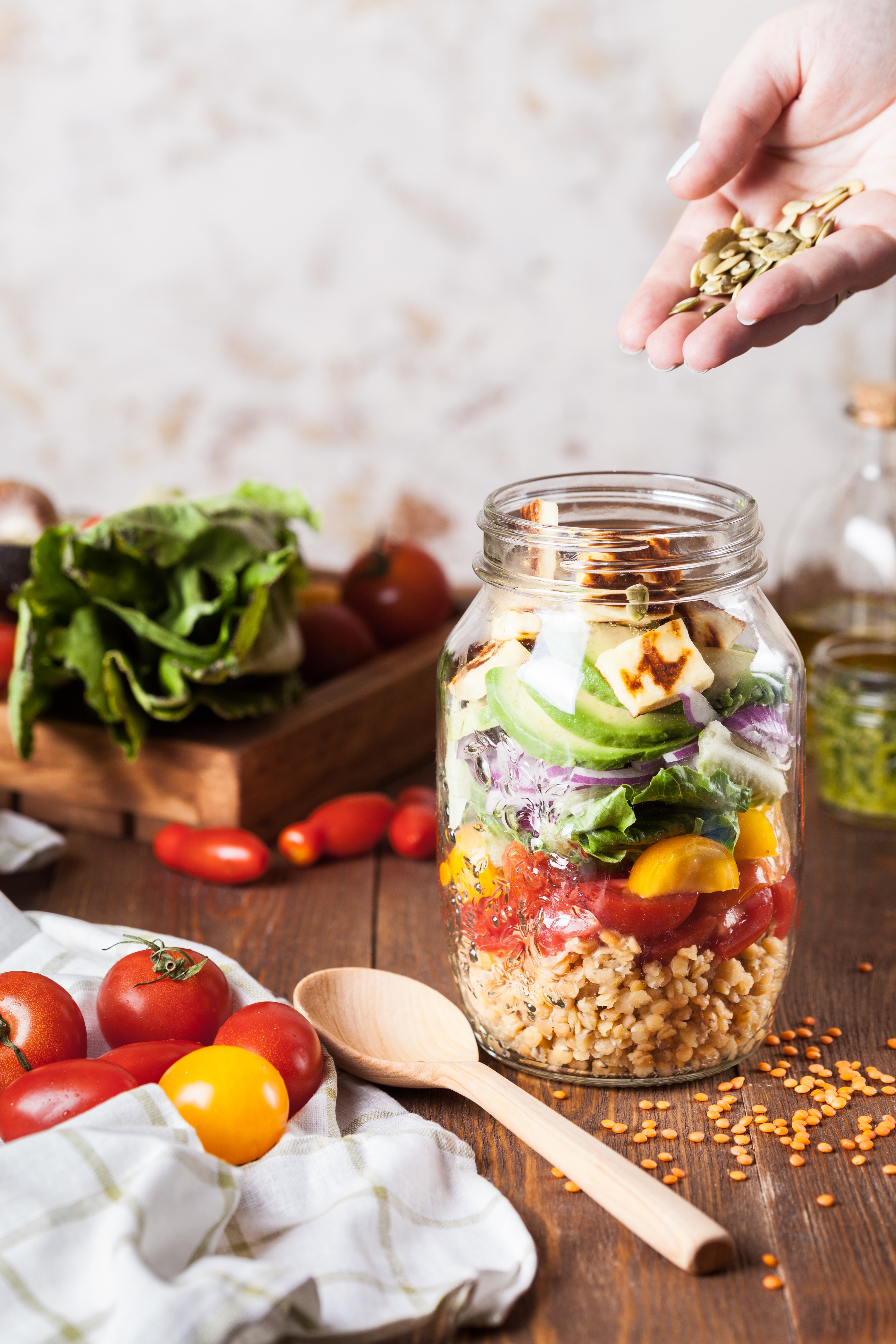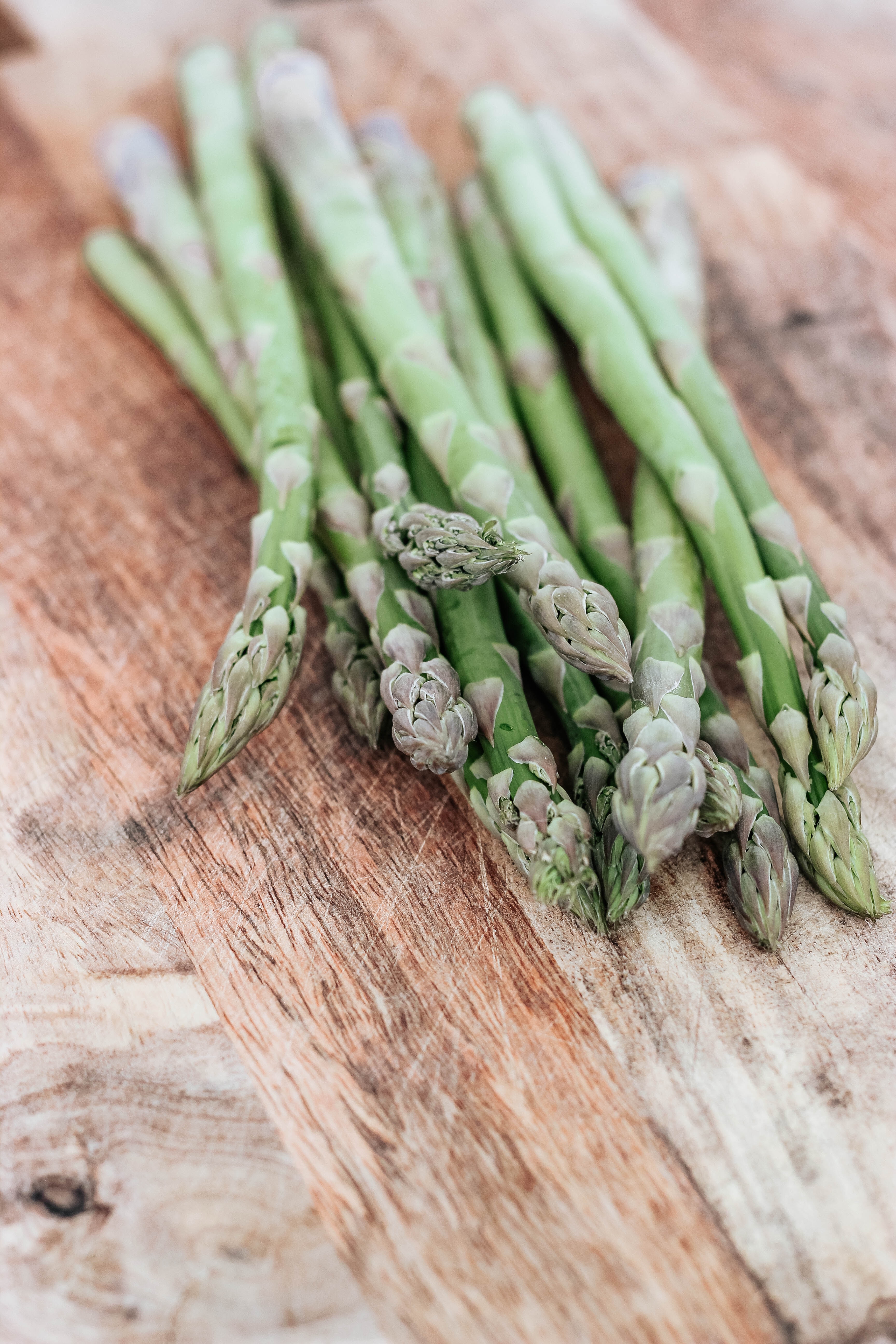Maybe you’ve started to look forward to Meatless Mondays. Or perhaps you’ve been eating more tofu and tempeh, and are sold on the Impossible Burger. Now you’re flirting with the idea of an entirely plant-based diet. But, something is holding you back from going all in and committing to a vegetarian or vegan diet, whether it’s the occasional hankering for a juicy steak, hesitation from the rest of your family, or the fact that grilled chicken breasts are a staple in your meal planning.
Enter: The flexitarian diet, which could be likened to being a “part-time vegetarian.”
Dietitians and other healthy-eating experts agree that you can still enjoy many of the benefits of being a vegetarian by scaling back your meat consumption and eating more plant-centric meals.
“A plant-based diet has so many benefits and it does not need to be meat-free,” says Frances Largeman-Roth, RDN, nutrition and wellness expert, and author of “Eating in Color.”
“I think you’d see a benefit by reducing your intake by just 20 percent because it will free up room on your plate for more fruits, veggies, whole grains, and other plant-foods.” But, she says, if you can reduce your meat intake by 50 percent, your body, and the planet, will reap even more benefits.
To get started, you can begin with one meal a day being plant-based and build up from there, suggests Amy Shapiro, MS, RD, CDN, founder of Real Nutrition and a part-time vegetarian herself. When you do eat meat, portion it as a side dish, she suggests.
Here’s what else you need to know about adopting a flexitarian diet.
First, how does a plant-based diet (even a part-time one) affect your health?
Benefits of a flexitarian diet are wide-ranging and can include weight loss, improved energy levels, and a decrease in blood pressure, Shapiro says. If you keep your plant-based meals full of veggies, whole grains, beans, legumes, nuts, seeds, and tempeh, you should start seeing results within a few months, Shapiro says.
Plenty of research on healthy eating favors plant-based diets.
For example, one June 2017 study published in the “Journal of the American College of Nutrition” found that a healthy vegetarian diet helped those with type 2 diabetes lose twice as much weight as a low-calorie diet. Those in the study who were on the vegetarian diet lost deeper layers of fat, which helped rev up metabolism. Another study from the University of Oxford found that a vegetarian diet could reduce the risk of heart disease by up to a third.
A vegetarian diet can also be a defense against cancer and high blood pressure, explains Lee Cotton, a Florida-based registered dietitian. Cotton points to the American Heart Association’s recommendation that going meatless even a couple of times a week can improve heart health.
Plus, vegetarian diets are usually lower in cholesterol and higher in fiber, Cotton says. A plant-based diet high in antioxidants and phytochemicals can also lower inflammation, she says.
Tips for switching to a flexitarian eating plan

When you’re switching to a flexitarian eating plan, come up with a strategy that will work best for you, Cotton suggests. For example: Will you be vegetarian all day and limit meat consumption to after 6 p.m.? Or will you choose to do meatless days of the week?
“It’s best to fit your diet structure into your lifestyle and work schedule,” Cotton says.
Here are expert-approved tips on how to eat less meat:
- Change your proportions, suggests Ariane Resnick, CNC, chef and author of “How to Be Well When You’re Not.” Want a burger for dinner? Make it, then cut it in half. Pair half a burger with roasted potatoes or another type of root vegetable and a hearty serving of something green like a salad or sautéed broccoli. “This will give you the satiation from the taste of the burger, enough protein, and extra fiber to keep you full for as long as the burger alone would,” she says.
- Instead of having whole cuts of meat, such as steaks and roasts, use meat in recipes where it can go further, such as in tacos, stews, and casseroles, Largeman-Roth suggests. “Also, combining ground beef or lamb with ground up mushrooms to make a ‘blenditarian burger’ or meatloaf is a flavorful way to reduce your meat consumption,” she says.
- Use lentils in place of ground beef for a vegetarian bolognese sauce, Cotton says, and try tofu instead of ricotta cheese in lasagna. Continue Meatless Monday into Taco Tuesday by replacing ground meat with lentils or tofu in tacos, she says.
- Replace lunch meat with avocado and hummus, Cotton says.
- Replace eggs with tofu to make a vegetarian scramble, Cotton says.
- Puree white beans for a cream sauce, Cotton suggests.
- Take a good look at your plate, suggests Steve Hertzler, PhD, RD, nutrition scientist and registered dietitian at Abbott. Half should be fruits and vegetables and the remaining portions should be filled with whole grains and protein. In between meals, snack on plant-based foods like whole fruits, nuts, or seeds, he suggests.
Mistakes to avoid when going green

Veggies like spinach, asparagus, broccoli, and collard greens are also high in protein.
Beyond protein, though, there are nutrients that you could be missing in a plant-based diet, experts say. For this reason, it’s important to consult with your healthcare provider or a registered dietitian before taking supplements, Cotton says.
For example, she explains, those on a strict vegan diet will miss B12 in their diets. If you’re adopting a more plant-based diet, you’ll also want to make sure you’re getting enough zinc, calcium, iodine, iron, Vitamin D, and Omega-3 fatty acids.
To increase the absorption of plant-based iron, Largeman-Roth recommends pairing it with a food high in Vitamin C, such as bell peppers, citrus fruits, Brussels sprouts, and strawberries.
Also, zinc, a mineral that helps support your immune system, can be found in fortified cereals and soy foods, such as tofu and tempeh, as well as nuts, seeds, and beans, Largeman-Roth says.
Another tip? Steer clear of the processed plant-based foods and vegetarian fast food, experts say.
“If you’re replacing meat with processed food ingredients, white refined carbs, French fries, and chips, you probably won’t see the health benefits you’re looking for,” Shapiro says.
Recipes to try

Now it’s time to start meal planning. To help, we’ve rounded up some plant-based recipes to try.
- Turmeric, ginger, and cumin add delicious flavor to these red lentil and quinoa cakes (which are then smothered with a basil cream) from Frances Largeman-Roth.
- Lasagna, but make it meatless with butternut squash and kale. This recipe is also from Frances Largeman-Roth.
- Spinach tortellini bulks up this veggie soup from Skinnytaste. The soup takes on even more flavor when cooked with the rind of Parmesan.
- Roasted veggies, squash, and black beans stuff these tasty tacos from Cooking Classy.
- Satiate a burger craving with Minimalist Baker’s savory, ready-for-the-grill veggie burgers that have a shiitake and portobello mushroom base.
- On the go? Try a plant-based drink like the new Ensure Plant-Based Protein shake, which is a vegan nutrition drink with a fava bean and pea blend.
 Brittany Anas is a freelance writer who specializes in health, fitness, and travel writing. She also contributes to Men’s Journal, Women’s Health, Trip Savvy, Simplemost, Orbitz, and Eat This, Not That! She spent a decade working at daily newspapers, including The Denver Post and the Daily Camera in Boulder, Colorado, and she is a former federal background investigator. In her free time, Brittany enjoys hiking with her gremlin-pot belly pig mix that the rescue described as a “Boston Terrier” and coaching youth basketball. She also works with domestic abuse survivors, helping them regain financial stability through career coaching. Follower her on Twitter and Instagram.
Brittany Anas is a freelance writer who specializes in health, fitness, and travel writing. She also contributes to Men’s Journal, Women’s Health, Trip Savvy, Simplemost, Orbitz, and Eat This, Not That! She spent a decade working at daily newspapers, including The Denver Post and the Daily Camera in Boulder, Colorado, and she is a former federal background investigator. In her free time, Brittany enjoys hiking with her gremlin-pot belly pig mix that the rescue described as a “Boston Terrier” and coaching youth basketball. She also works with domestic abuse survivors, helping them regain financial stability through career coaching. Follower her on Twitter and Instagram.

